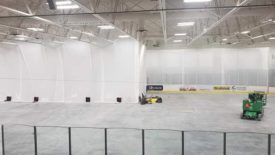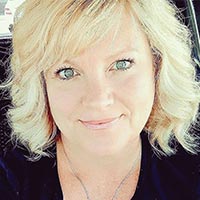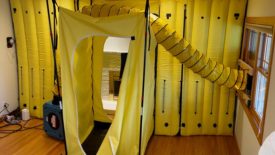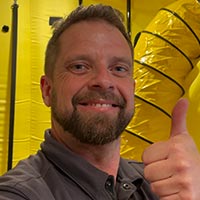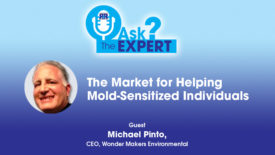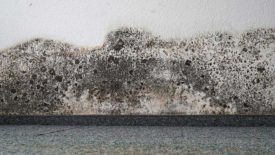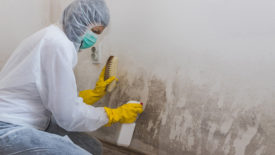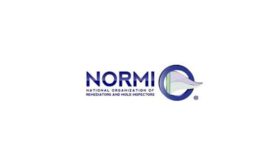Home » Keywords » mold removal
Items Tagged with 'mold removal'
ARTICLES
EVENTS
Industry
2/24/17
Hampton Inn Airport
18850 287th Ave. S
SeaTac, WA
United States
The Goldmorr System
Industry
7/19/22 to 7/22/22
Restoration Technical Institute
1145 Commons Blvd.
Reading, PA
United States
Contact: Rebecca Burkert
IICRC - Applied Microbial Remediation Technician (AMRT) - In Person: Destry Ransdell
Industry
10/18/22 to 10/21/22
Restoration Technical Institute
1145 Commons Blvd.
Reading, PA
United States
Contact: Rebecca Burkert
IICRC - Applied Microbial Remediation Technician (AMRT) - In Person: Destry Ransdell
Get our new eMagazine delivered to your inbox every month.
Stay in the know on the latest disaster restoration and remediation trends.
SUBSCRIBE TODAY!Copyright ©2022. All Rights Reserved BNP Media.
Design, CMS, Hosting & Web Development :: ePublishing


